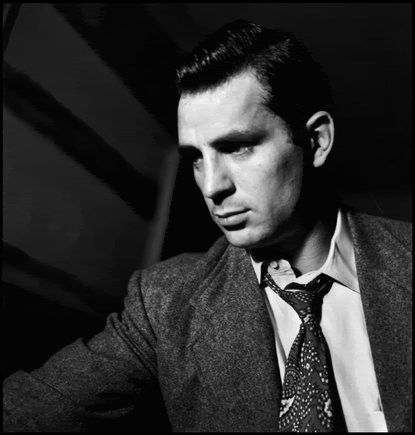The video itself is an argument against the opening statement. Neither text, nor composition, is linear. Linear can describe something that progresses sequentially or something that is one-dimensional. Although it holds true that there are many steps involved in composing, the steps do not have to be followed in a single series, one after the other. If anything can be emphasized by this video, it is that by composing in the digital realm and adopting Web 2.0, we have only added an additional dimension to "text." Text is
Another thing that should be noted about composition, regardless of whether it is traditional or contemporary, is that it is never ending process. This is evidenced in the first 16 seconds of the video, where the opening phrase is edited four times. And being someone who understands concepts better from a numerical frame of reference, that translates to an average of four seconds per edit! Although not every composition endures this rigorous editing, revision is an ongoing, necessary component of the composition process. Revision can be defined as the act looking at something again and making alterations with the intent of improvement. And we all know, there is always room for improvement.
In the digital realm, using a combination of varied types of media (i.e., text, images, video, audio) can potentially aide composition. In the previous 2 meetings, our ENGL 151 class has been able to exercise the use of image and video with text in composition. This experience is not unfamiliar to me, but composing this way in the context of a classroom has allowed me to rethink the use of web-based technology in a classroom setting. As a pre-service teacher, I understand the importance of technology. It can enrich instruction and help to decrease the generational gap between teachers and students.
On a personal level, I enjoy using many Web 2.0 applications (Twitter, Facebook, YouTube) and understand that an increasing amount of my students will feel the same. I've heard of teachers using Twitter, for example, as a way to communicate with students, but often wondered about the student perspective. I am now taking on the role of the student, looking forward to broadening my understanding of technology-based instruction this semester. I am rethinking (or in rhetorical terms, redesigning) my views on classroom instruction. Another reminder that the revision process is ongoing and unilinear.
